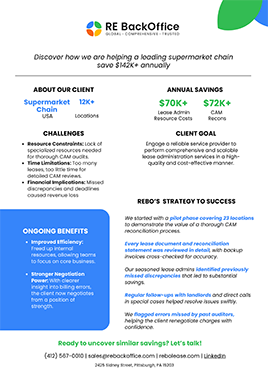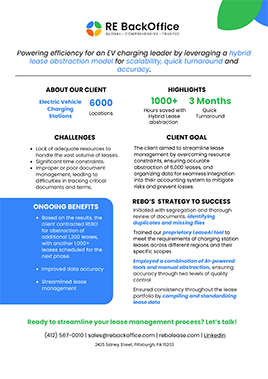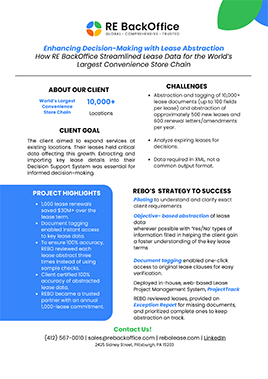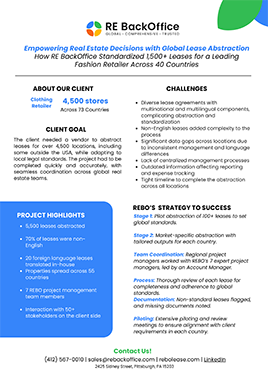
Signage plays a crucial role in commercial real estate leasing, serving as a vital tool for businesses to promote their brand and attract customers. However, navigating the regulations and considerations surrounding signage within a lease agreement is essential for both landlords and tenants. Here's a comprehensive overview of signage in lease agreements, including its significance, types, and associated considerations.
Signage in Lease Agreements
Signage in lease agreements refers to the provisions and regulations governing the installation, maintenance, and removal of signs on the leased property. These clauses outline the rights and responsibilities of both the landlord and tenant concerning signage, ensuring compliance with local laws and property rules.
Key Considerations
Regulatory Compliance:
Lease agreements often require tenants to adhere to local regulations and guidelines regarding signage. This may include obtaining permits, adhering to size limitations, and following installation procedures mandated by local authorities.
Landlord Consent:
Tenants typically need to seek the landlord's consent before installing any signage. This ensures that the signs align with property rules and do not violate the terms of the lease agreement.
Size and Placement Restrictions:
Lease agreements may impose restrictions on sign size, height, and placement. This ensures that signage does not obstruct views, violate zoning ordinances, or detract from the aesthetic appeal of the property.
Maintenance and Removal:
Tenants are often responsible for maintaining and removing signage during their occupancy. Lease agreements specify conditions for signage removal upon termination or vacating the premises, ensuring that the property is returned to its original condition.
Types of Signs
Permanent Signage:
These signs remain in place for the duration of the lease term and typically display the business name, logo, or other permanent information related to the tenant's presence on the property.
Temporary Signage:
Temporary signage is used for short-term purposes, such as "Coming Soon" or "Grand Opening," and is not intended to be permanently affixed.
Monument Sign:
Fixed on the ground, monument signs typically display the name of the property or businesses within it.
Pylon Sign:
Tall signs located in commercial areas, pylon signs display multiple business names or logos and are visible from a distance.
Directional Signs:
These signs provide guidance, pointing the way to exits, entries, or specific locations within a property.
Readerboard Sign:
Featuring movable or changeable letters, readerboard signs allow businesses to display changing messages, promotions, or announcements.
In conclusion, signage in lease agreements encompasses a range of considerations, from regulatory compliance to maintenance and removal responsibilities. Understanding these provisions is essential for landlords and tenants to ensure smooth operations and compliance with legal requirements regarding signage on leased properties. By adhering to the terms outlined in the lease agreement, both parties can effectively manage signage while maintaining the property's integrity and visual appeal.


